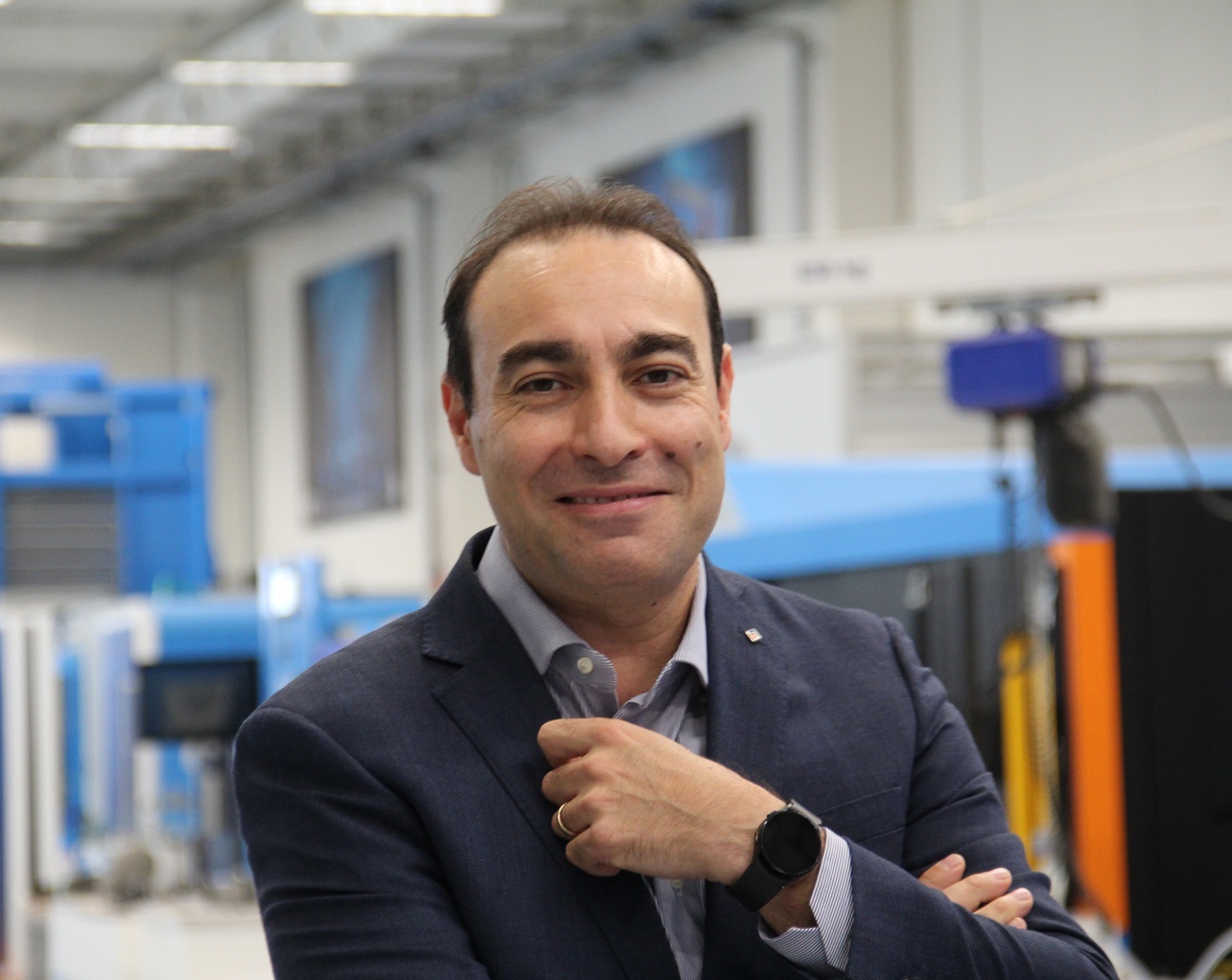
Luca Bianchini In automotive manufacturing, every second and every square meter counts. As mobility evolves through electrification, lightweighting, and modular vehicle design, car body production is transforming. The rise of giga factories has redefined industrial scale, setting new standards for productivity and automation. Inspired by this evolution, the concept of “giga efficiency” can be seen as the next step: a synergy between space optimization and time performance that maximizes output within a compact, highly integrated environment. In this scenario, the most advanced 3D laser cutting technology emerges as a strategic enabler to support the new demands of integrated manufacturing flow.
Four drivers reshaping 3D laser manufacturing
Discussions with leading OEMs and Tier-1 suppliers producing hundreds of thousands of vehicles annually highlight four main priorities that are now driving technological innovation on the 3D laser cutting shop floor:
- Efficiency – Maximizing floor space and machine uptime, ensuring the highest output per square meter.
- Automation – Minimizing direct labor, particularly in repetitive, ergonomically unfavorable, low added-value operations.
- Short lead time – Reducing the number of operations and inventories to deliver faster from design to production.
- Flexibility – Adapting quickly to design changes, volume fluctuations, and multiple vehicle models.
These four imperatives converge toward one challenge: doing more, faster, and in less space, without compromising quality or process stability. Conventional solutions struggle to meet these demands, especially when faced with volume uncertainty and the need for rapid design changes without compromising productivity.
A new level of space-time efficiency
Today’s most advanced 3D laser systems are redefining expectations. By combining multi-head processing, synchronized operations, and integrated automated material handling, these solutions offer a new level of space-time efficiency. Integrated solutions also simplify operations: fewer fixtures, streamlined programming, and easier reconfiguration for new geometries. This supports flexible production, further reduces the total cost of ownership, and ensures full integration with factory logistics, all crucial factors for long-term competitiveness.
Lean Automation: flexibility, integration, and scalability
The shift toward single-part flow and lean automation improves traceability and repeatability, making laser cutting operations more consistent and better aligned with downstream assembly processes. This integration reduces work-in-progress, simplifies logistics, and supports just-in-time manufacturing.
Moreover, the production of hot-stamped components, such as door rings and structural reinforcements, requires a cutting process that is not only precise but also scalable. Advanced 3D laser systems enable this by streamlining part flow, minimizing fixture changes, and integrating seamlessly into automated lines, all while maintaining the flexibility to adapt to design variations and multiple vehicle models.
Conclusions
As automotive production continues to evolve, the role of 3D laser cutting is expanding beyond its traditional boundaries. It is no longer a supporting technology: it has become a central pillar of advanced manufacturing environments. By embracing giga efficiency, manufacturers can level up their manufacturing process and unlock new levels of performance to stay competitive in the next wave of industrial innovation.
Metal-Interface takes great care to protect your privacy: when you submit a request or ask a question, your personal information is passed on to the supplier concerned or, if necessary, to one of its regional managers or distributors, who will be able to provide you with a direct response. Consult our Privacy Policy to find out more about how and why we process your data, and your rights in relation to this information. By continuing to browse our site, you accept our terms and conditions of use.
- 2D Laser cutting Guest columns
The giga efficiency era: 3d laser cutting redefines automotive manufacturing
Published on 17/11/25 — Mis à jour le 17/11/25
